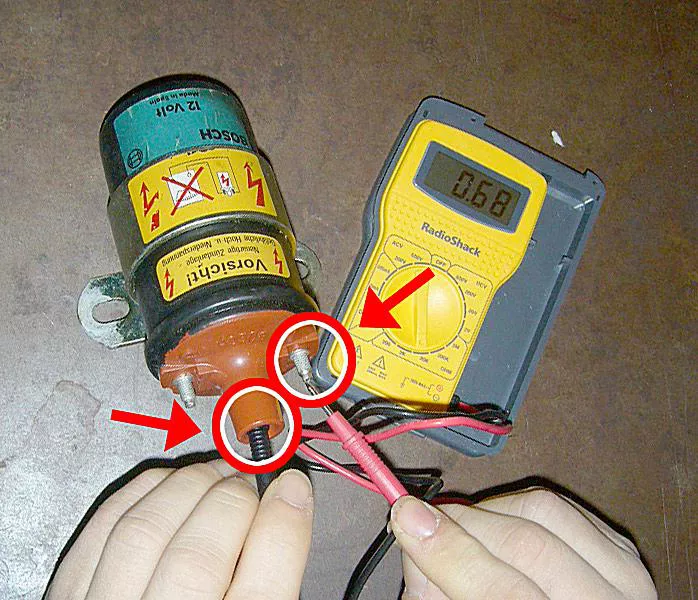Your car needs spark to run. That spark comes from the ignition coil. When the ignition coil goes bad, your engine can misfire, lose power, or not start at all. But how do you know if the coil is the problem?
That’s where ignition coil testing comes in. It’s one of the smartest ways to figure out engine issues fast. Whether your check engine light is on or your car just feels off, a coil test helps find the cause.
In this article, we’ll go over common problems, how coil testing can help, and why it matters for performance and safety.
Read also: Apple Teleportation: Exploring the Future of Instant Tech and Drone Control
Experiencing Misfires or Engine Hesitation?
Your engine needs the right amount of spark to fire each cylinder. If one or more cylinders misfire, it can cause shaking or jerking while driving.
Failing Ignition Coils Causing Inconsistent Spark
A misfire often means one ignition coil isn’t working. Modern engines usually use coil-on-plug systems, which means each spark plug has its own coil. If just one coil is weak, that cylinder won’t fire right.
You might notice the car hesitating during acceleration, especially under load.
Run an Ignition Coil Test to Identify Faulty Cylinders
To fix the problem, test each coil using a coil tester or multimeter. Mechanics often swap coils between cylinders. If the misfire moves with the coil, you’ve found the bad one.
This is a simple but powerful way to pinpoint the issue without replacing good parts.
Check Engine Light Flashing or Staying On?
If your dashboard lights up, don’t ignore it. A flashing check engine light often means a misfire—and misfires can damage your engine if left unchecked.
Misfire Codes Like P0301-P0306 May Point to Ignition
Using an OBD-II scanner, you can check for codes like P0301 (misfire in cylinder 1) or P0303 (cylinder 3 misfire). These codes are your first clue that an ignition coil may be failing.
Other codes like P0351-P0356 also point directly to ignition coil issues in certain cars.
Use a Coil-on-Plug Tester or Multimeter to Confirm
After reading the codes, it’s time to check the actual coils. A coil-on-plug tester checks for spark while the engine runs. A digital multimeter can test for proper resistance levels when the engine is off.
Testing helps confirm if the coil needs replacing or if another part—like the spark plug or wiring harness—is to blame.
Rough Idle or Loss of Power?
Is your engine shaking at stoplights or struggling to speed up? These are signs something’s not firing right.
Weak Coil Output Disrupting Fuel Combustion
A weak or failing ignition coil produces low spark energy. Without full spark, the air-fuel mixture in the cylinder won’t burn completely. This leads to rough idling, slow acceleration, and sometimes even stalling.
Test Coil Voltage Output and Resistance Values
Use a digital voltmeter or oscilloscope to check voltage output on each coil. Resistance checks between the primary and secondary windings can also tell you if the coil is within specs.
Good coils give strong spark. Weak ones need to be replaced to get full power back.
Trying to Fix Poor Gas Mileage?
If you’re visiting the gas pump more often than usual, your ignition system may be the culprit.
Incomplete Combustion Wasting Fuel
When a coil doesn’t deliver full spark, fuel doesn’t burn all the way. That means you waste fuel every time you hit the gas. Your miles per gallon (MPG) can drop fast.
And because the engine must work harder, it wears down quicker.
Identify Weak Spark Through Coil Bench Testing
To check if this is the problem, perform a bench test on each ignition coil. This is often done with the coil off the vehicle. Measure resistance and inspect for cracks, burn marks, or leaks.
Fixing or replacing weak coils can help improve fuel economy and save money over time.
Trouble Starting the Engine on Cold Mornings?
Some cars struggle more when it’s cold outside. If your engine cranks but doesn’t start, a bad coil might be to blame.
Faulty Ignition Coil Not Producing Enough Spark
Cold weather puts stress on all parts of the ignition system. If your coils are already weak, they may fail to generate enough spark to start the engine. You may hear the engine turn over, but it won’t fire.
This is especially common in older vehicles or cars with high mileage.
Perform Spark Output and Load Test with Proper Tools
To test this, use a spark tester to watch for strong blue spark while cranking. No spark or weak orange spark means the coil isn’t doing its job.
A load test can simulate engine conditions and measure how the coil performs under stress. This kind of test is key in colder weather.
Conclusion
Ignition coil testing isn’t just for pros. It’s one of the best ways to find engine problems early and fix them fast. Whether your car is misfiring, running rough, or burning too much fuel, testing the coils can point you in the right direction.
From checking resistance to watching spark output, these tests help save money, time, and headaches. You don’t have to guess what’s wrong—you can test it.
If your engine isn’t firing on all cylinders, the problem may start with the coil. A quick test could be the first step to a smoother, safer, and more fuel-efficient ride.
Read also: iPhone 16 Pro Max Size vs. Function: Worth the Extra Inches?

